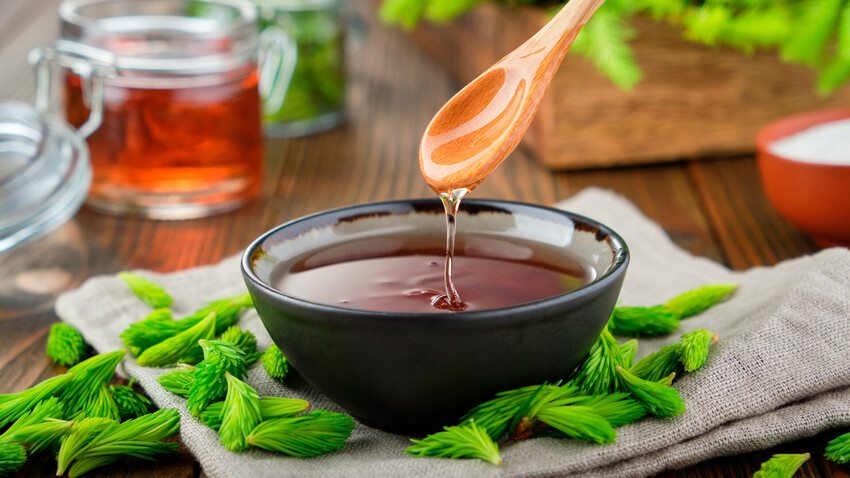
Spruce syrup is a traditional Russian dish with a unique taste and many medicinal properties. During World War II it was known to be taken by Russians to prevent scurvy and other diseases.
Legion MediaThe use of spruce needles for medicinal purposes can be traced back to ancient times when indigenous peoples and traditional healers used them to treat various respiratory ailments.
In Russia, spruce syrup became particularly popular in the 17th century as it contains a high level of vitamin C - even more than in a lemon.
Spruce syrup was also used by Russian soldiers during World War II as a preventative measure against scurvy. The soldiers would take small amounts of the syrup daily to maintain their vitamin C levels, which helped to prevent scurvy from developing. Also, such syrups and infusions from twigs and needles were prepared by some starving inhabitants of Leningrad in order to survive during the Nazi siege.
One of the most unique features of spruce syrup is its taste. The syrup has a slightly bitter, resinous flavor that is reminiscent of spruce needles. It is often used as a sweetener in tea or as a topping for pancakes. The color of the syrup can vary, depending on the type of spruce tree used, but it is typically a dark amber color.
The syrup is a popular ingredient in many Russian dishes and is often used to flavor meat dishes or as a marinade for fish. It is also used in the production of beer and is sometimes added to cocktails or drinks to give them a unique flavor.
The process of making spruce syrup is relatively simple, but not easy and quick. First, the spruce needles are collected from the tree. Only new needles are suitable. The length of the needles should not exceed 7 centimeters.
Some people don’t wash the needles before cooking in order to keep their flavor; in this case clean twigs should be collected from trees growing far away from roads. Otherwise, you should wash the needles thoroughly. Then, they are boiled in water for several hours until the liquid is reduced to a syrupy consistency.
There are many variations of the recipe for spruce syrup, and some people prefer to add flavors such as cinnamon, cloves, or ginger. Others may choose to use different types of sweeteners such as honey or sugar. Today, I suggest we cook a traditional spruce syrup with sugar.
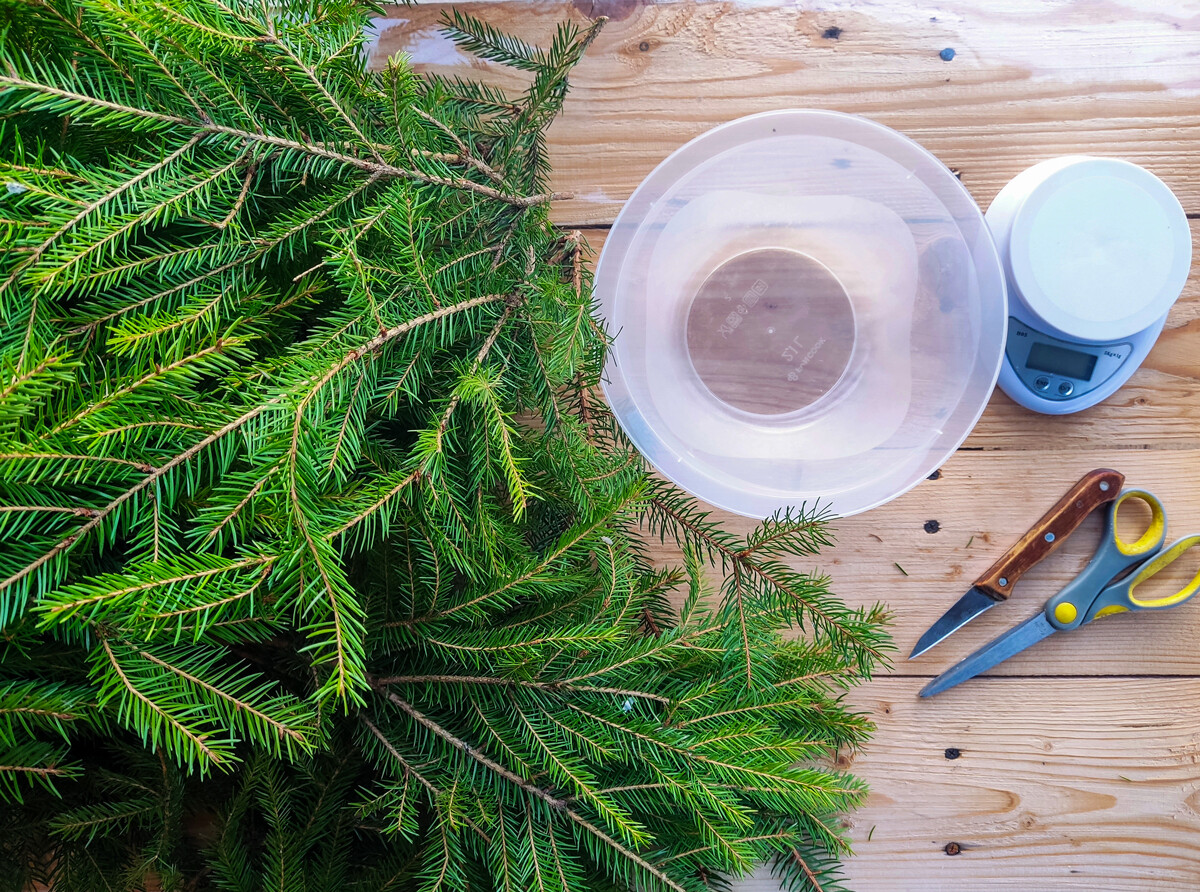
1. Collect newly-sprouted spruce twigs. Peel them so that only the needles remain. Be patient, it took me at least five hours; so I watched a film at the same time and tried to enjoy the tedious process. Wash the needles.
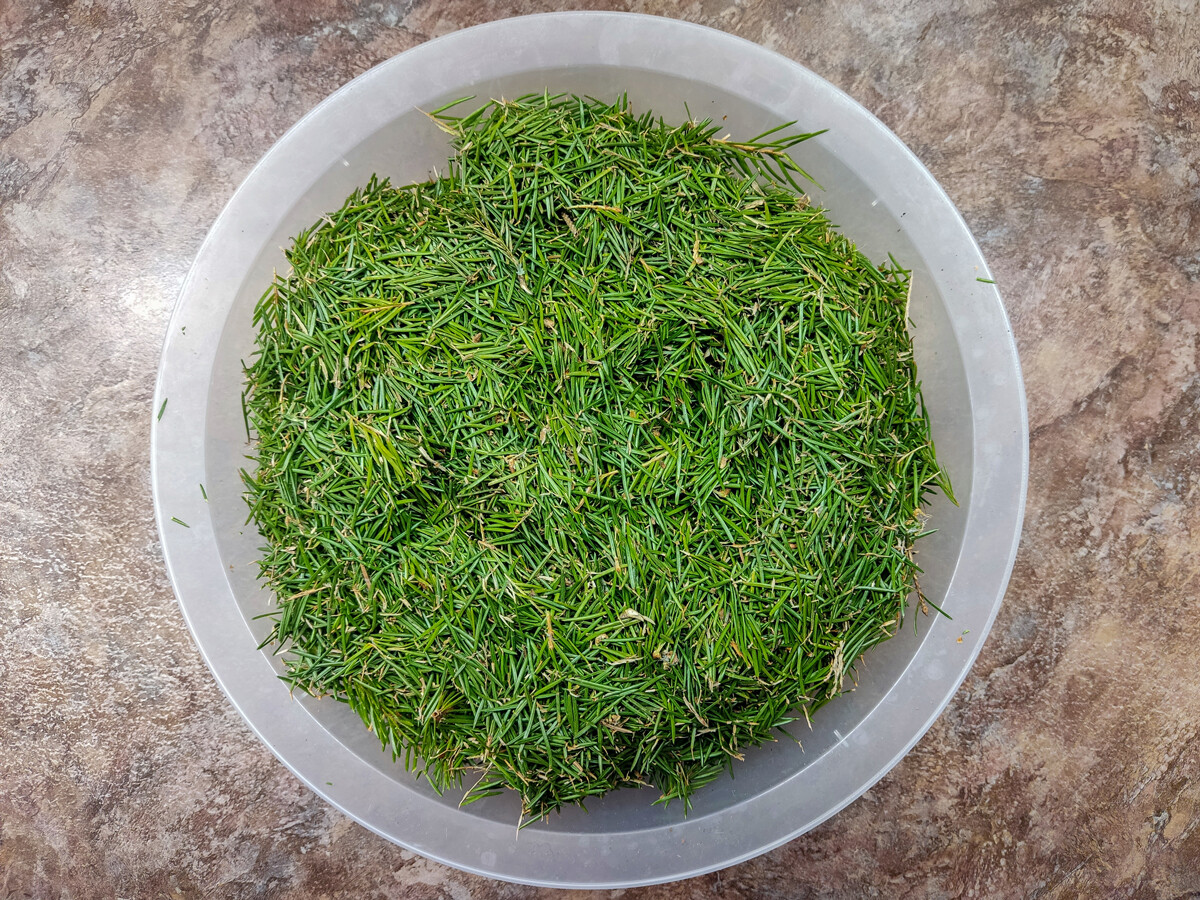
2. Place the spruce needles tightly in a liter-sized pot, pour water, bring to a boil and cook over low heat for about 30 minutes.
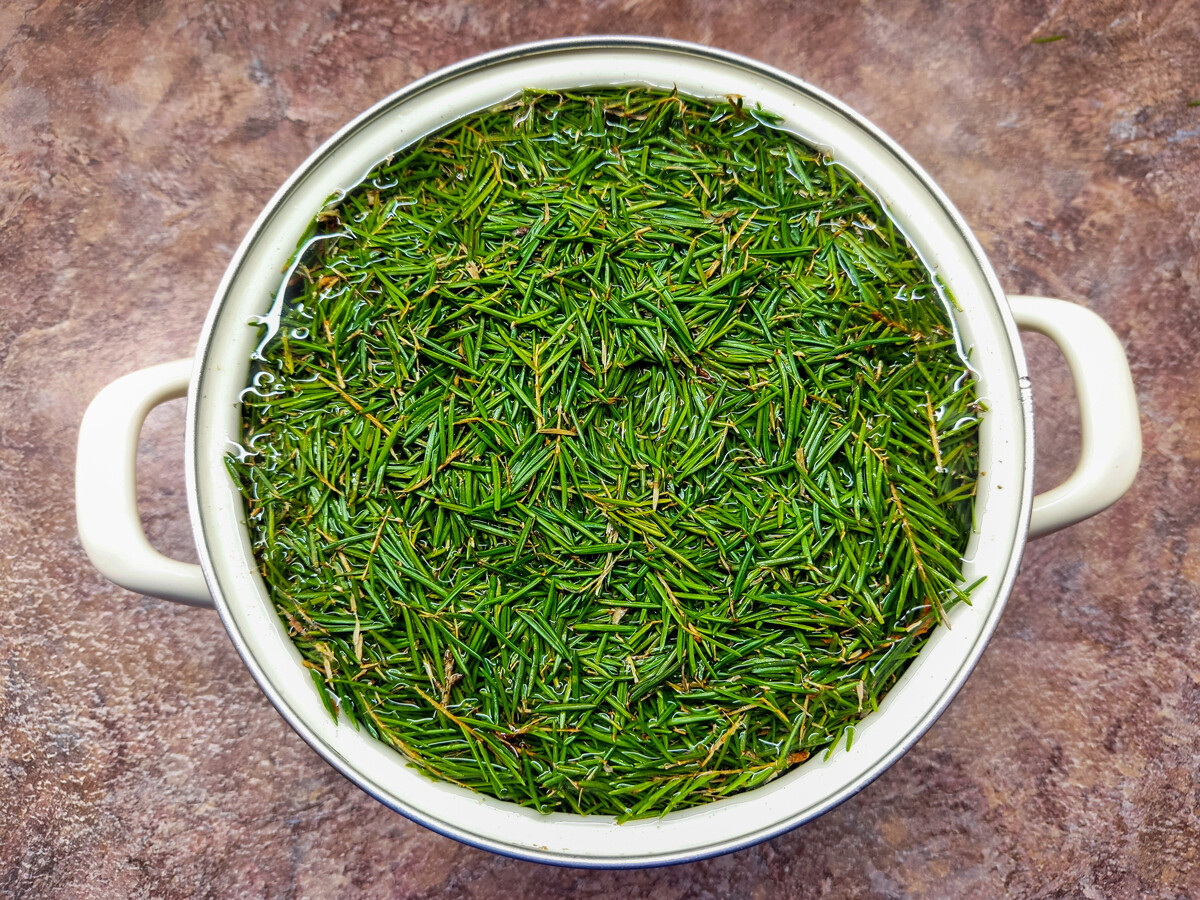
3. After 30 minutes, remove the pot from the heat and let it cool for about 15 minutes.
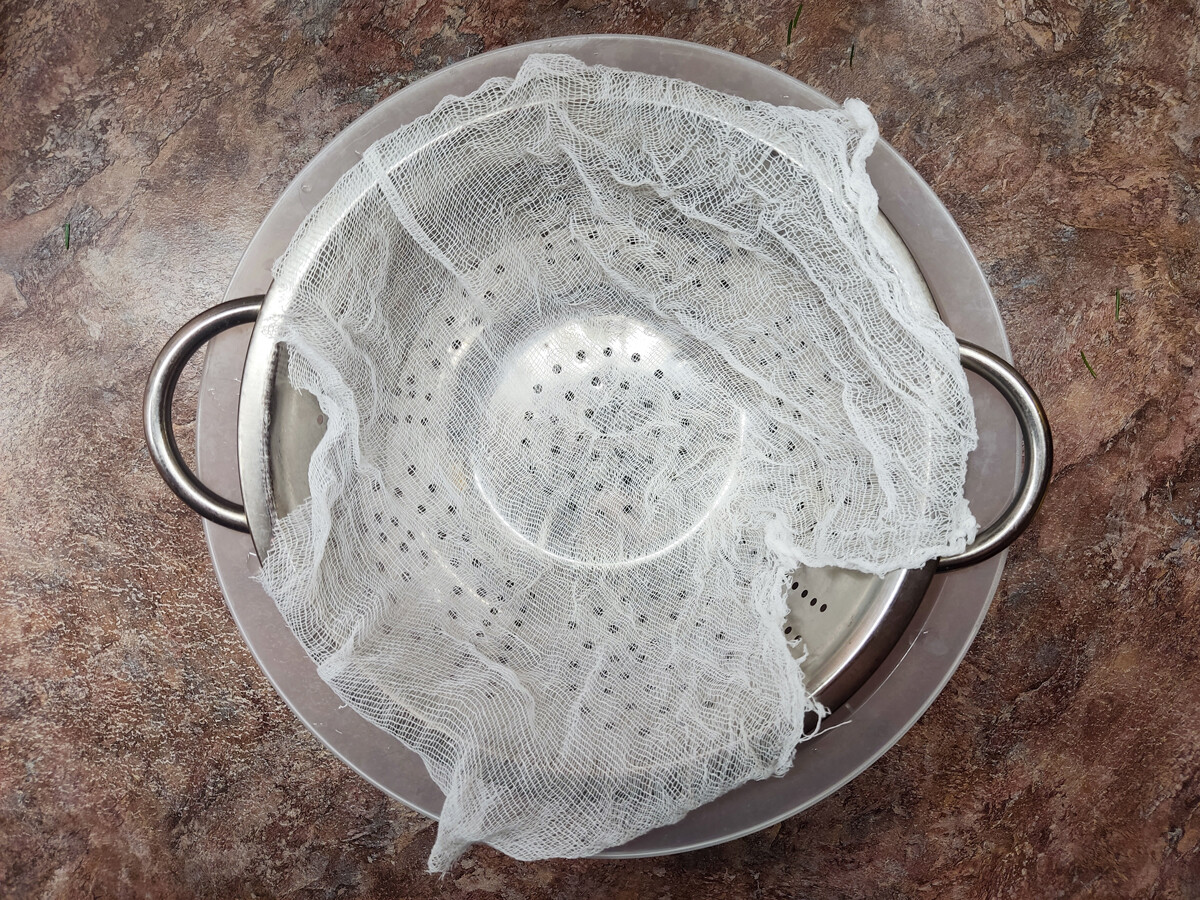
4. Strain the liquid through a fine-mesh strainer or cheesecloth, pressing on the twigs to extract as much liquid as possible.
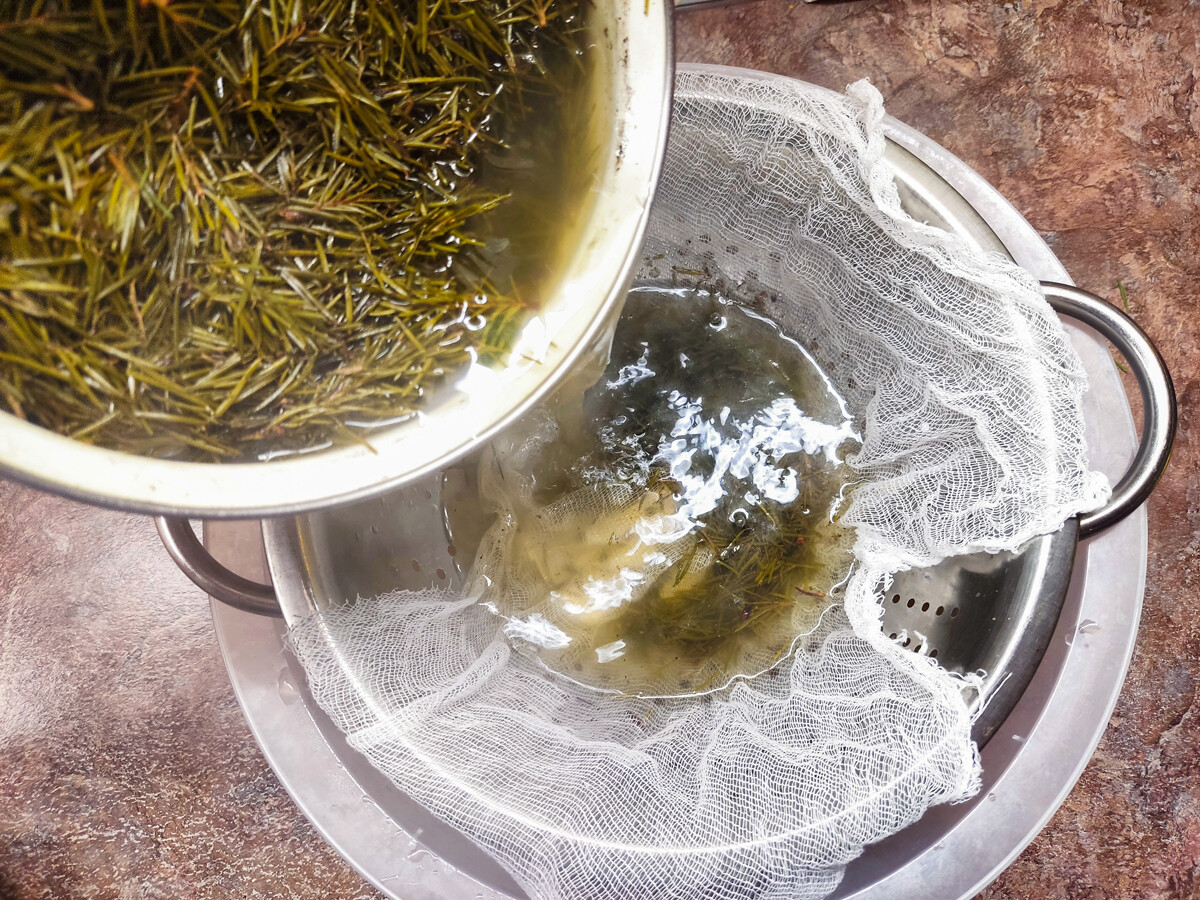
5. Pour the liquid back into the pot and add sugar, stirring until it dissolves completely.
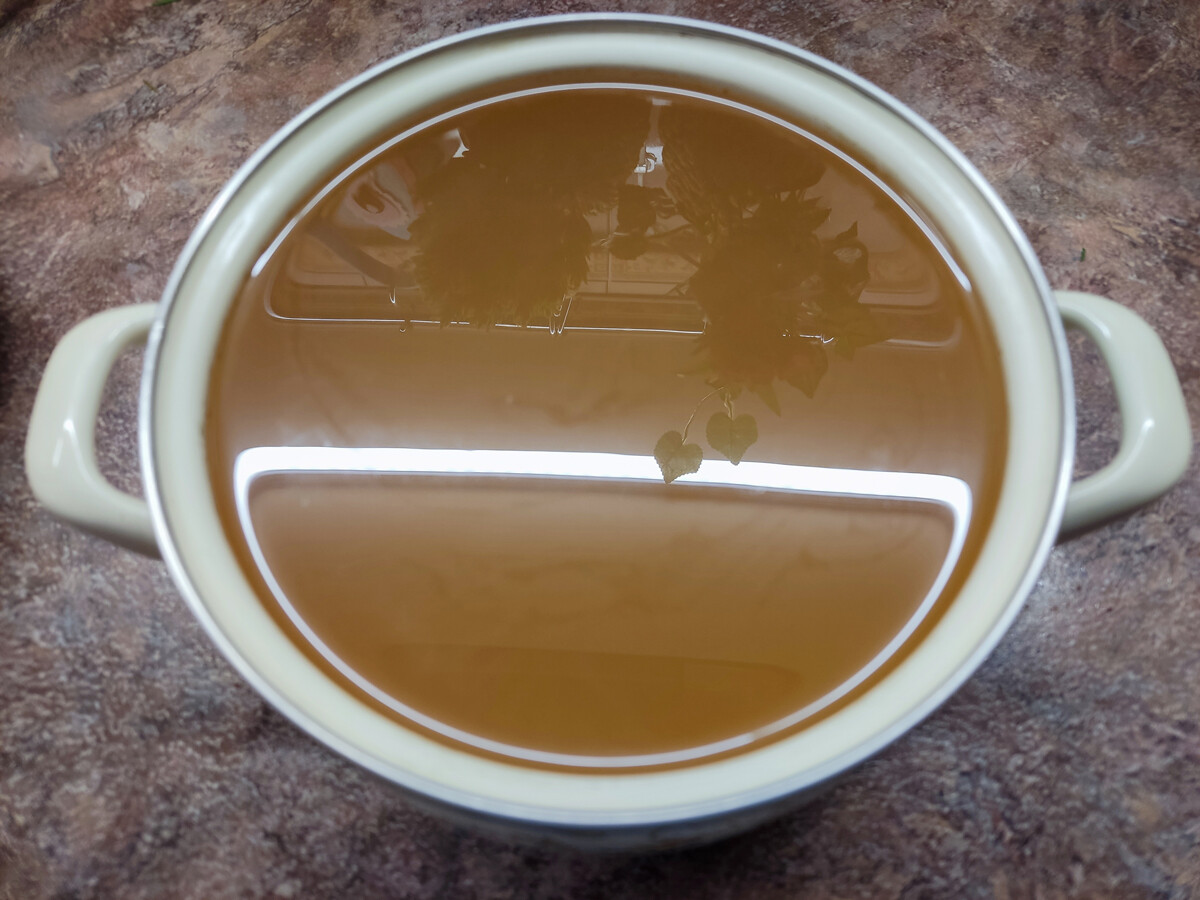
6. Return the pot to the stove and bring the mixture to a boil, then reduce the heat and let it simmer for about 1.5 hours. At the end of cooking, your mixture will acquire a beautiful pink shade. Pay attention: the longer the syrup is cooked, the richer the color will be.

7. Pour the syrup into clean, sterilized jars and let it cool completely before sealing. Enjoy your homemade spruce syrup!
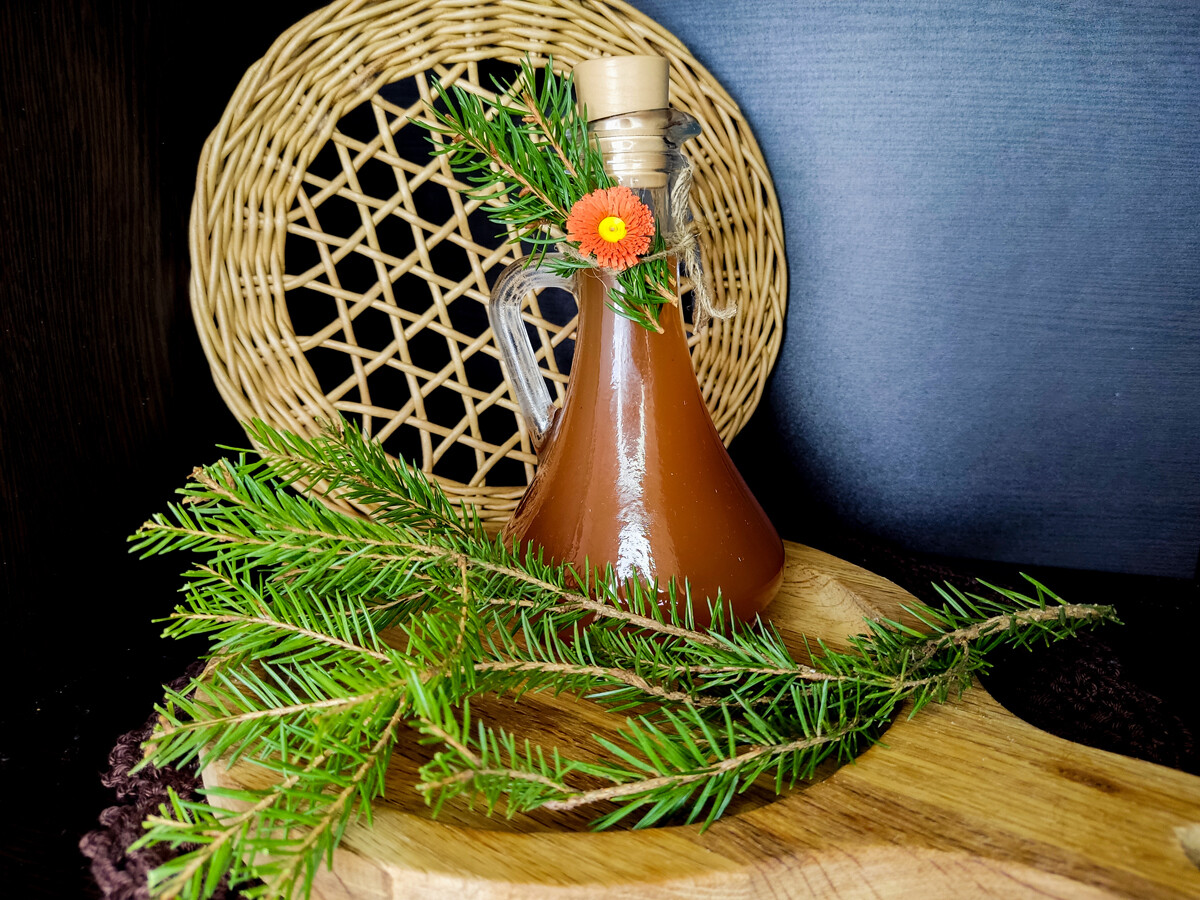
Dear readers,
Our website and social media accounts are under threat of being restricted or banned, due to the current circumstances. So, to keep up with our latest content, simply do the following:
Subscribe to our Telegram channels: Russia Beyond and The Russian Kitchen
Subscribe to our weekly email newsletter
Enable push notifications on our website
Install a VPN service on your computer and/or phone to have access to our website, even if it is blocked in your country
If using any of Russia Beyond's content, partly or in full, always provide an active hyperlink to the original material.
Subscribe
to our newsletter!
Get the week's best stories straight to your inbox